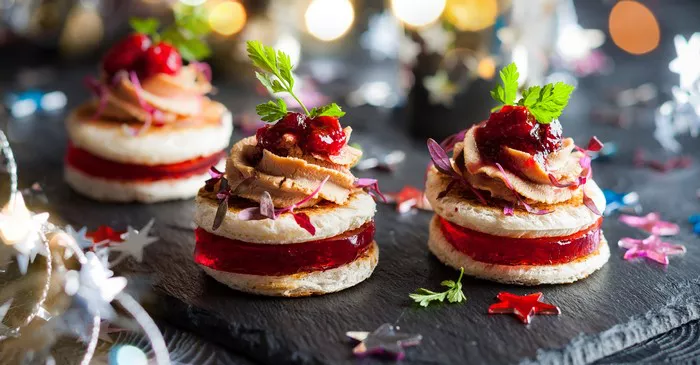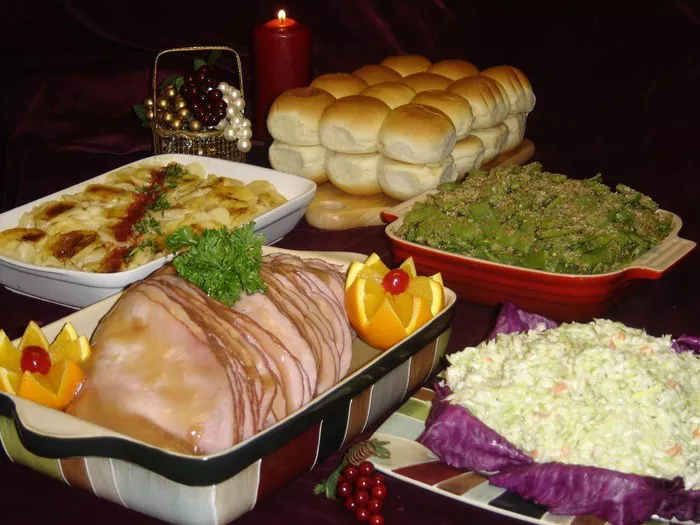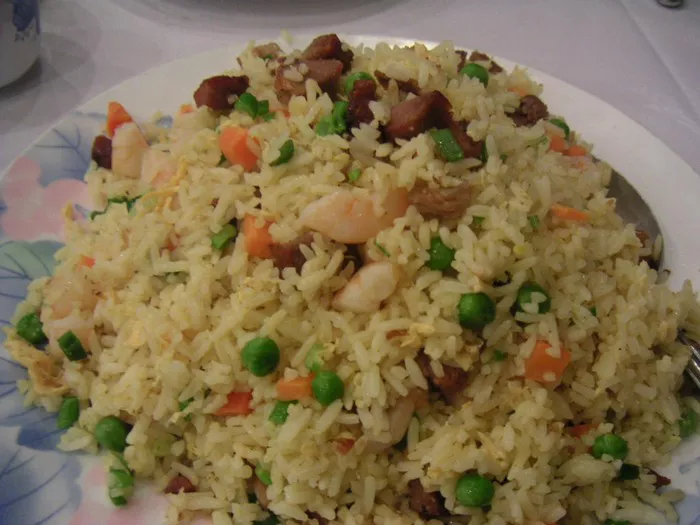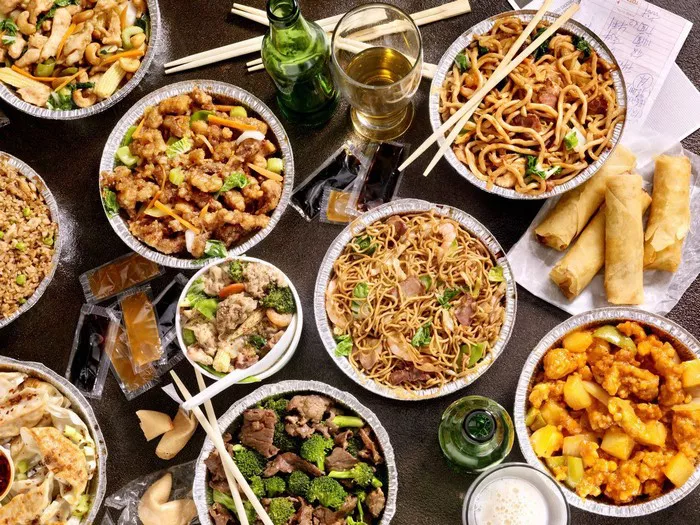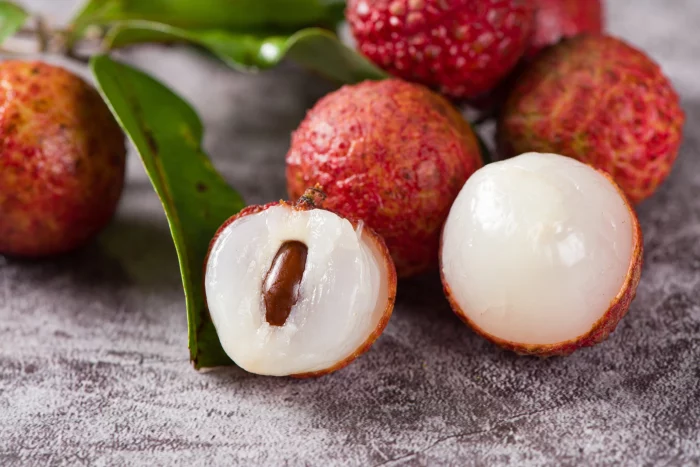Christmas is a time of joy, celebration, and indulgence. Families gather around the table to share a delicious meal, and desserts play a significant role in this festive tradition. While many people are familiar with the concept of a Christmas feast, some may wonder why a specific number, 13, is associated with the dessert course. In certain regions, particularly in Provence, France, it is customary to serve 13 desserts during Christmas dinner. This unique tradition has a rich history and is deeply rooted in religious and cultural significance. Let’s explore the reasons behind this delightful custom.
The Significance of the Number 13
The number 13 holds symbolic meaning in various cultures and religions. In Christianity, it represents the Last Supper, where Jesus dined with his twelve apostles before his crucifixion. The significance of this event is deeply ingrained in Christian traditions. Similarly, during the Christmas season, the number 13 is associated with the twelve apostles and Jesus, making it a powerful symbol of unity and togetherness.
The Feast of the Seven Fishes
Before diving into the origins of the 13 desserts, it is essential to understand the context of the Christmas feast. In many Mediterranean cultures, including those in southern France, Italy, and Spain, a tradition known as the “Feast of the Seven Fishes” is observed on Christmas Eve. This feast involves serving an elaborate meal consisting of seven different seafood dishes, symbolizing the seven sacraments of the Catholic Church or the seven days of creation in the Bible. The Feast of the Seven Fishes sets the stage for the subsequent Christmas dinner and the serving of 13 desserts.
The Christmas Eve Fast
Another factor that influenced the tradition of serving 13 desserts is the Christmas Eve fast. In many Christian denominations, Christmas Eve is a day of fasting and abstinence, similar to Good Friday. This fast is meant to prepare individuals for the joyous celebration of Christmas Day. However, after the midnight Mass, the fast is broken with a festive meal. The 13 desserts are an integral part of this meal and serve as a way to indulge in the abundance of sweet treats after the period of self-restraint.
The Symbolism of the 13 Desserts
Each of the 13 desserts served during Christmas dinner carries its own symbolism and significance. The selection of desserts typically includes a variety of cakes, cookies, fruits, and nuts. Here are some of the most common desserts and their symbolic meanings:
Pompe à l’huile: This is a traditional Provençal olive oil bread, symbolizing the unity of all mankind.
Dates: These sweet fruits represent the Holy Land and are a reminder of Jesus’ birthplace.
Walnuts and hazelnuts: Nuts are associated with fertility and abundance, reflecting the blessings of the season.
Calisson d’Aix: This traditional almond-shaped candy represents the infant Jesus in the manger.
Grape clusters: Grapes symbolize the Eucharist and the blood of Christ.
Quince paste: Quince, a fruit often used in desserts, symbolizes love and fertility.
Fougasse: This sweet bread shaped like a ladder represents the stairway to heaven and is associated with the ascent of the soul.
White nougat: Nougat signifies happiness and good fortune.
Four biscuits: These biscuits represent the four seasons and the unity of time.
Caladon: This is a traditional fruit jelly made from quince, symbolizing the sweet rewards of perseverance and faith.
Bread of Love: This bread is shared among family members, symbolizing love and unity.
Olive cakes: These small cakes made with olives represent the offering of peace and forgiveness.
Fresh and dried fruits: Fresh and dried fruits, such as apples, pears, figs, and raisins, represent the abundance of the harvest and the gifts of nature.
Celebrating Family and Tradition
Beyond the religious and symbolic meanings, the tradition of serving 13 desserts at Christmas dinner is also a celebration of family and togetherness. The festive meal brings loved ones around the table, fostering a sense of unity and creating lasting memories. It is a time to reconnect, share stories, and honor the traditions passed down through generations.
The dessert course, with its array of delicacies, provides an opportunity to savor the flavors of the season and indulge in sweet pleasures. It adds an extra layer of joy and festivity to the Christmas celebration, making it a truly special occasion.
Preserving an Ancient Custom
In recent years, the tradition of serving 13 desserts at Christmas dinner has gained attention beyond its origins in Provence. Many people worldwide have adopted this delightful custom, appreciating its cultural significance and the sense of abundance and unity it represents. Through embracing this tradition, individuals are not only preserving a historical custom but also creating new memories and experiences that will be cherished for years to come.
Conclusion
In conclusion, the tradition of serving 13 desserts at Christmas dinner has deep roots in religious symbolism, cultural significance, and the celebration of family. It is a time-honored custom that brings joy, indulgence, and a sense of togetherness to the festive season. Whether rooted in faith or embraced for its cultural richness, the tradition of the 13 desserts continues to captivate and delight people around the world, creating a truly magical Christmas experience.

